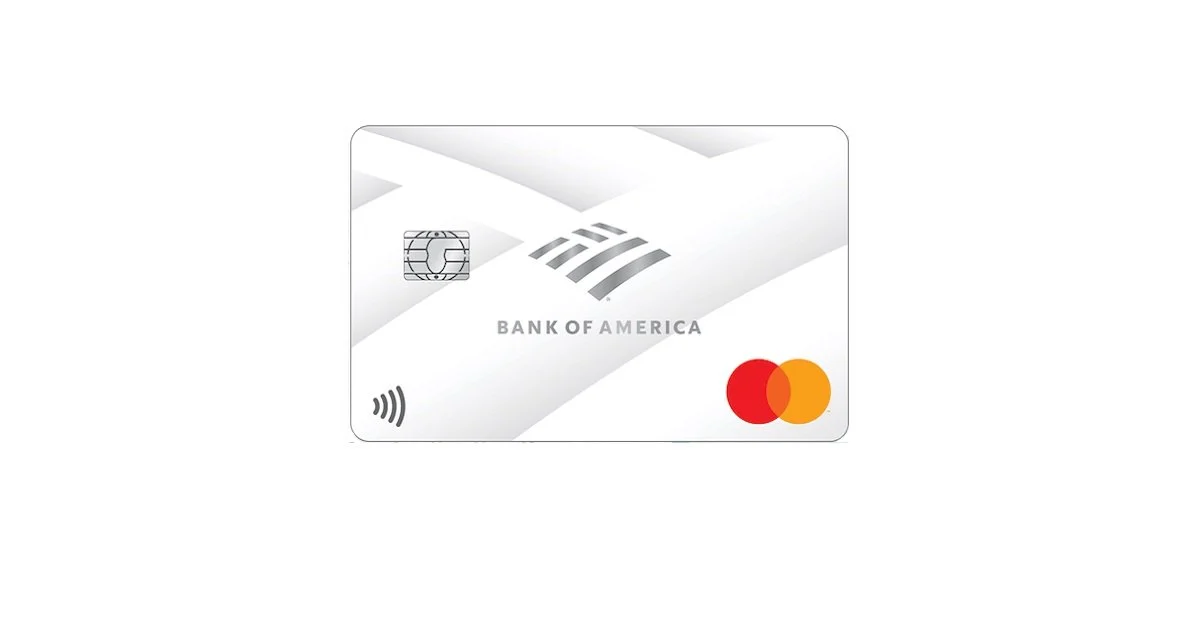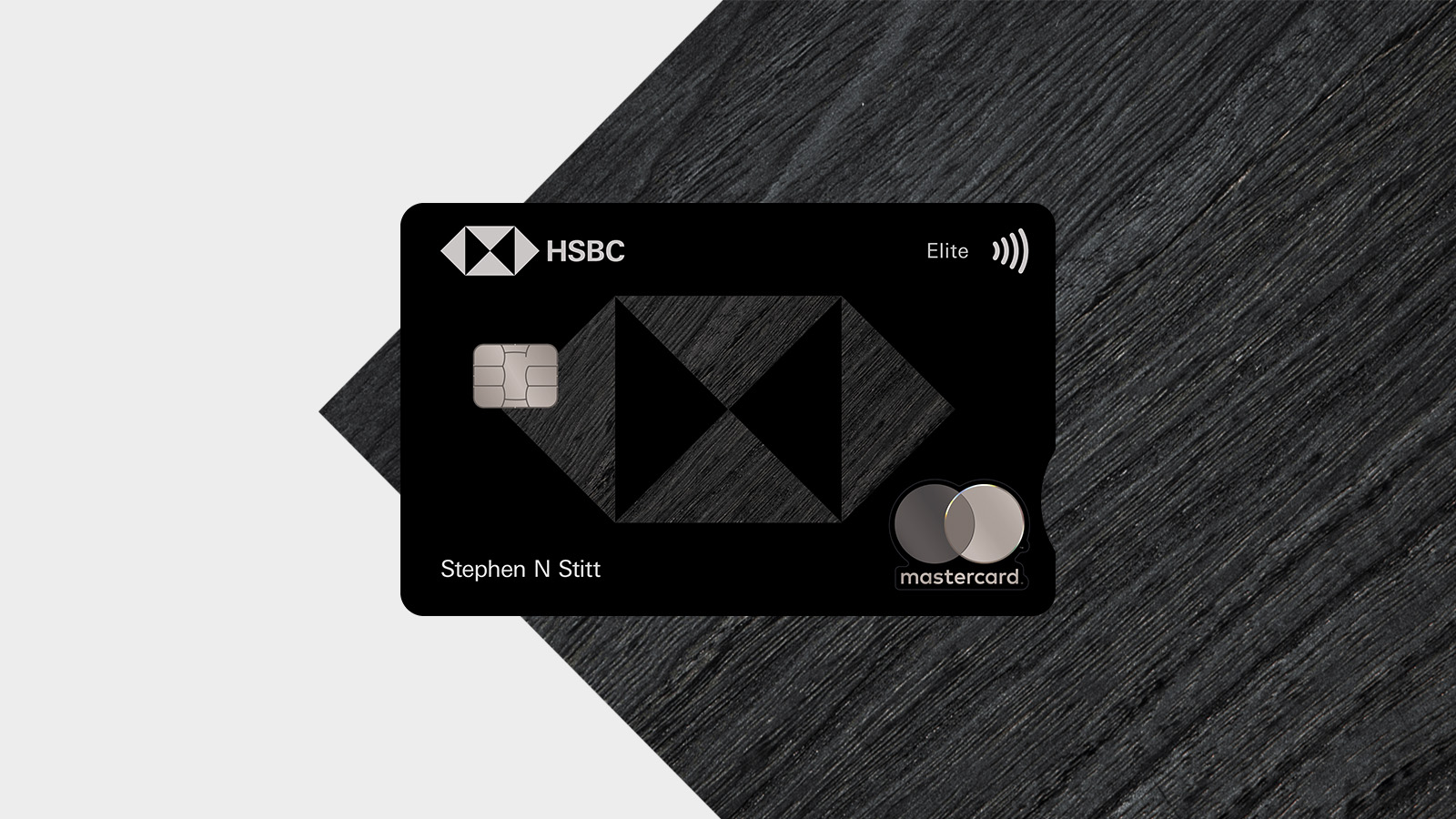Difference between basic and premium credit cards

Understanding Credit Cards: A Quick Overview
Credit cards have become vital financial instruments in today’s economy, giving consumers the flexibility to make purchases, pay for emergencies, and manage their cash flow effectively. They can be more than just a means of buying items; used wisely, they can also help build credit history and improve credit scores. It’s important for consumers to know that not all credit cards are identical. There are marked differences between basic and premium credit cards, each serving different financial needs and preferences.
Basic Credit Cards
Basic credit cards are often the entry point for many consumers looking to establish their credit history. They cater to a wider audience, including young adults, students, and those with limited credit backgrounds. Key features of basic credit cards typically include:
- Lower credit limits suitable for budgeting. This makes them ideal for individuals who are still developing their financial habits. For example, a basic credit card may offer a credit limit of $500 to $1,000, which can help users practice responsible spending.
- Fewer rewards or benefits, which means that users may not earn points or cash back for every purchase. However, they might still offer occasional promotional offers that can provide discounts or bonuses on specific categories.
- No annual fees in many cases, making them a cost-effective choice for consumers who want a credit card without ongoing fees. This accessibility ensures that those who may be hesitant about credit card use due to costs can still participate in building their credit score.
Premium Credit Cards
On the other hand, premium credit cards are tailored for individuals who tend to spend more and are often looking for enhanced benefits. They come with a variety of features that can greatly benefit frequent travelers or high spenders. Some important aspects of premium credit cards include:
- Higher credit limits, allowing cardholders to make larger purchases without worrying about exceeding their available credit. For example, a premium card can offer limits ranging from $5,000 to $10,000 or more, which is particularly beneficial for large expenses like vacations or electronics.
- Exclusive perks, which may include travel rewards such as airline miles, hotel points, and cash back on purchases. Cardholders might find themselves enjoying complimentary airport lounge access, travel insurance, and concierge services—all designed to enhance the spending experience.
- Annual fees that reflect their added value, which can vary from moderate to very high depending on the card’s benefits. While these fees may seem onerous initially, they can offer returns through rewards that exceed the costs for savvy users.
Understanding these differences between basic and premium credit cards is crucial for making informed financial decisions. Choosing the right credit card can significantly influence one’s financial health, either by helping build credit or by providing the tools to enjoy the lifestyle benefits that come with premium credit options. Careful consideration of personal spending habits and financial goals will guide individuals in selecting the card that best matches their needs.
SEE ALSO: Click here to read another article
Key Features Compared: Basic vs. Premium Credit Cards
When evaluating the different types of credit cards, it’s essential to consider the unique features that distinguish basic credit cards from premium options. Understanding what each type offers can help consumers make informed decisions based on their financial needs and lifestyle preferences. Here, we will delve deeper into the specific characteristics of both card types.
Basic Credit Cards: Ideal for Beginners
Basic credit cards serve as a solid foundation for those new to credit. They are typically designed for individuals who are just beginning to navigate their financial journey. Here are some of the hallmark features of basic credit cards:
- Lower interest rates than premium cards, which is beneficial for individuals who may carry a balance from month to month. While all credit cards charge interest, the rates on basic cards tend to be more manageable, making it easier for users to pay off their debt without incurring excessive costs.
- Automatic payment options, which can help users ensure they never miss a due date. By allowing users to set up automatic payments, basic credit cards make it simpler to maintain a good credit score, an essential goal for anyone new to credit management.
- Simple account management through user-friendly mobile apps or websites. This can include features such as tracking spending, setting budget limits, and monitoring payment due dates—all of which are crucial for beginners looking to develop responsible financial habits.
Overall, basic credit cards offer accessible entry points into the world of credit, emphasizing simplicity and ease of use, which is appealing to those seeking to establish a solid credit history without overwhelming complexities.
Premium Credit Cards: The Benefits of Elevated Status
In contrast, premium credit cards are tailored for consumers who have more extensive financial habits and prefer to enjoy a more elite experience. These cards typically come with numerous benefits that can make them more appealing to frequent travelers and higher spenders. Some of the notable features of premium credit cards include:
- Generous rewards programs, which often involve earning points for every dollar spent. Cardholders can accrue significant rewards over time, unlocking travel upgrades, hotel stays, and various retail discounts that enhance their shopping and travel experiences.
- Comprehensive travel insurance, providing peace of mind for cardholders who travel often. This benefits can cover item loss or cancellation, making traveling less stressful and more enjoyable.
- Exclusive access to events, including concerts, movie premieres, and special dining experiences, which are often offered as part of the cardholder’s privileges. This can greatly enhance the overall lifestyle of individuals seeking unique experiences beyond everyday purchases.
By evaluating the key features of both basic and premium credit cards, consumers can determine which type reflects their spending habits and financial goals. Understanding these distinctions is crucial as individuals work to optimize their financial strategies and find a credit card that complements their lifestyle.
CHECK OUT: Click here to explore more
Understanding Costs and Fees: Basic vs. Premium Credit Cards
When it comes to choosing between basic and premium credit cards, one of the most significant factors to consider is the costs associated with each type, including annual fees and other charges. These costs can greatly influence the overall value a credit card offers based on individual spending habits. Let’s break down the financial implications of both card types.
Basic Credit Cards: Low Costs, High Accessibility
Basic credit cards are designed to be budget-friendly, which makes them particularly appealing for consumers who are just starting out in their credit journeys. Here are some of the cost-related advantages of basic credit cards:
- No annual fees are a common feature, making them an accessible option for those who may be concerned about the overall cost of card ownership. With basic cards, users can avoid paying to have the card simply for the privilege of use.
- Low or no foreign transaction fees can make basic credit cards a suitable choice for domestic spenders who also travel abroad occasionally. This provides an additional layer of affordability when using their card outside of the United States.
- Late payment fees are often minimized. While it is always advisable to pay on time, basic cards may impose lower penalties if payments are missed, which helps ease the financial strain on beginner cardholders.
By minimizing these fees, basic credit cards empower consumers to manage their finances without the burden of unexpected costs, encouraging responsible credit usage.
Premium Credit Cards: Higher Costs for Greater Rewards
On the other hand, premium credit cards often come with associated costs that reflect their enhanced benefits. Understanding these costs is crucial for determining whether the advantages outweigh the fees for a consumer’s particular spending habits:
- Higher annual fees are standard with premium credit cards. These fees can range from $95 to as much as $500 or more, which may deter those who do not frequently utilize the card’s extensive benefits. However, for avid travelers or frequent spenders, the rewards often surpass the initial cost.
- Foreign transaction fees can be higher or non-existent, depending on the card issuer. Many premium credit cards forego these charges completely, which can be advantageous for international travelers looking to maximize their rewards while spending abroad.
- Balance transfer and cash advance fees can also apply to premium cards. These fees are generally higher than those charged on basic cards, which can impact customers who may need to transfer a balance or withdraw cash using their credit line.
While premium credit cards come with a higher price tag, they also offer a richer set of features, rewards, and services that can make them worthwhile for individuals who can fully utilize the benefits. By analyzing these costs, potential cardholders can assess whether the premium price aligns with their financial habits and goals.
The Importance of Credit Score Consideration
While costs and features are significant elements in the decision-making process, it is also essential to recognize how credit scores influence the approval process and available options. Basic credit cards are generally more accessible to individuals with lower credit scores or limited credit history, assisting them in building their credit over time. Conversely, premium credit cards often require a higher credit score and extensive credit history.
Understanding these intricacies allows consumers to make informed choices that not only meet their immediate financial needs but also align with their long-term credit goals.
SEE ALSO: Click here to read another article
Conclusion: Making the Right Choice for Your Financial Needs
In summary, the choice between basic and premium credit cards ultimately hinges on your individual financial situation, spending habits, and goals. Basic credit cards serve as an excellent entry point for those new to credit, offering low costs and accessible features that allow users to responsibly build their credit history without incurring hefty fees. They are ideal for individuals who prefer simplicity and are not frequent travelers or heavy spenders.
Conversely, premium credit cards come with additional perks such as higher rewards, travel benefits, and exclusive services, making them suitable for consumers who can maximize the advantages these cards offer. While the associated fees can be significantly higher, savvy cardholders who travel often or spend actively may find that the rewards and privileges outweigh these costs.
As you weigh your options, consider your financial habits and how often you plan to utilize the card. Reflect on factors such as your income, regular purchases, and travel patterns. Remember, while premium credit cards can provide exceptional value, they are best for those who can fully utilize their benefits. Ultimately, the right card will support your financial journey while aligning with your lifestyle and aspirations.


